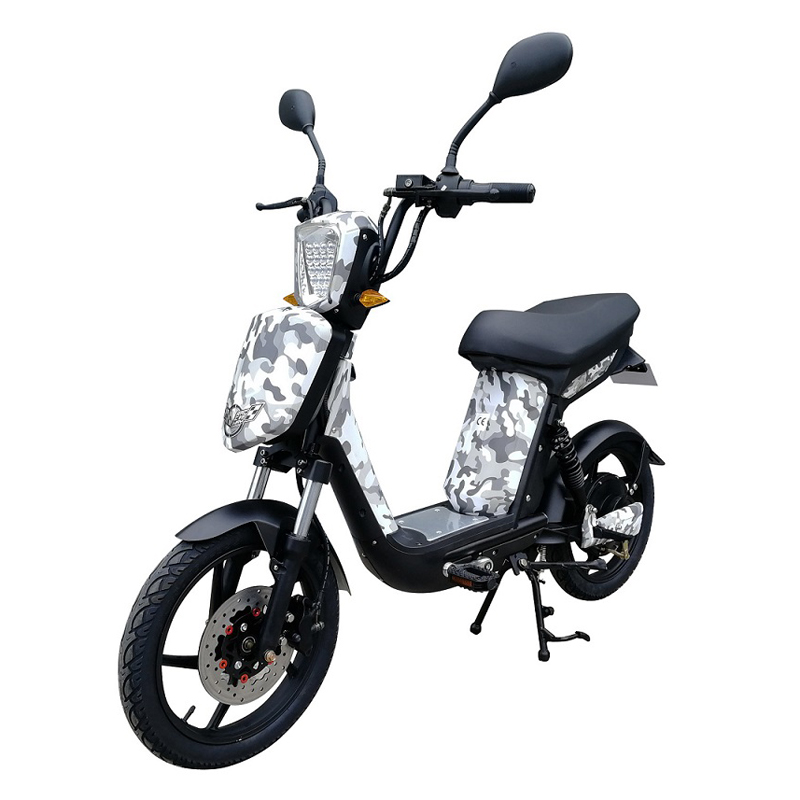Analysis of the reason why the battery of electric bicy […]
Analysis of the reason why the battery of electric bicycle cannot be charged
1. Failure phenomenon
Firstly, check whether the connection of the charging circuit is reliable, check whether the connection between the connection and the plug is intact, carefully check whether the socket and plug have "firing" and arcing, and the wireless circuit is damaged or disconnected.
Check whether the charger is damaged and whether the charging parameters meet the requirements: that is, the initial charging current reaches 1.6-2.5A/piece; the highest charging voltage reaches 14.8-14.9V/piece, and the charging floating charge conversion current reaches 0.3-0.4A/piece, floating The charging voltage reaches 14.0-14.4V/pc.
Check whether there is any dryness inside the battery, that is, whether the battery is seriously out of liquid.
Also check whether there is irreversible sulfation of the plates. The irreversible sulfation of the plate can be judged by the change of the terminal voltage measured by charging and discharging. When charging, the voltage of the battery rises very fast, and the voltage of some single cells is very high, which is much higher than the normal value; the voltage drops very fast when discharging, and the battery has no or little power. If the above situation occurs, it can be judged that the battery is irreversibly sulfated.
2. Inspection and handling of faults
First connect the charging circuit firmly. If the charger is abnormal, replace it. The dry battery should be supplemented with pure water or 1.050 sulfuric acid, and the battery capacity should be restored by maintenance charging and discharging. If irreversible sulfation is found, the equalization charge should be performed to restore the capacity. For maintenance and charging of dry batteries after adding liquid, the maximum current should be controlled to 1.8A, and the charging should be 10-15 hours. The voltage of the three batteries should be above 13.4V/pc. If the voltage difference between the batteries exceeds 0.3V, it means that the batteries have undergone asynchronous irreversible sulfation. For batteries that undergo irreversible sulfation, it is necessary to replace the entire battery pack or activate the battery.

Zhejiang Hangpai Electric Technology Co., Ltd.